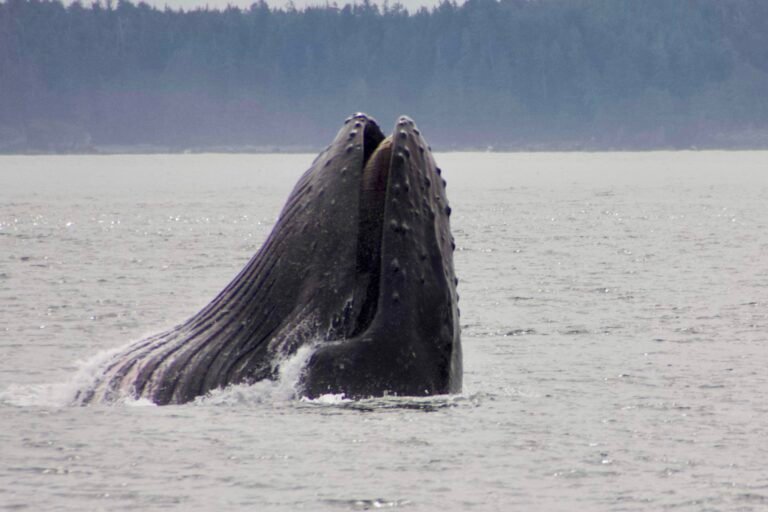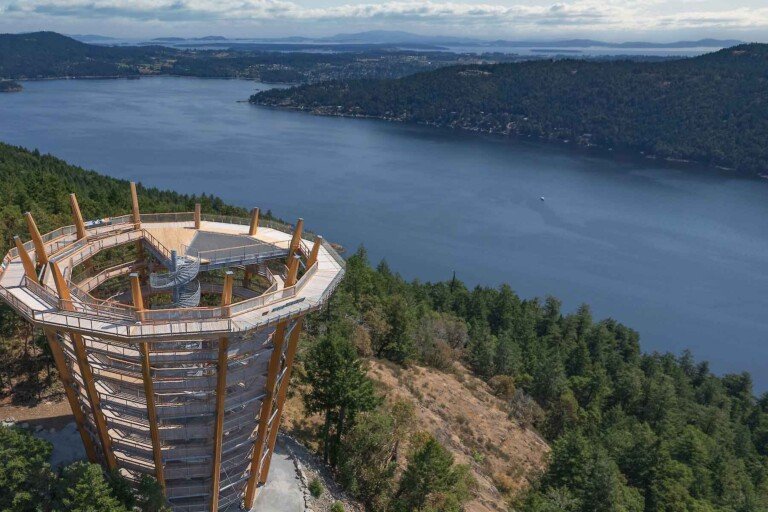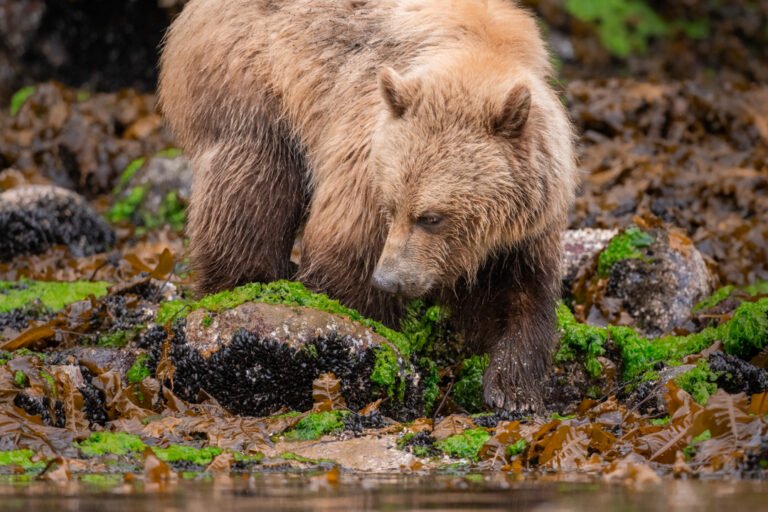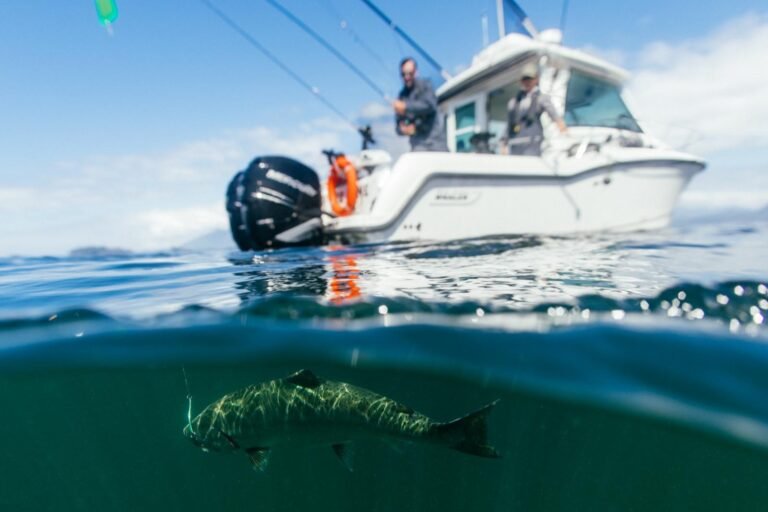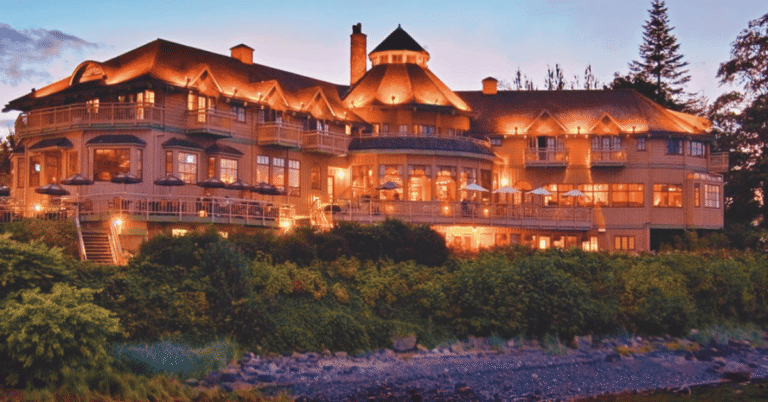The Selkirk Valley and North Kootenay Lake Valley are located in the Kootenays region of BC, hemmed in by the Selkirk Mountains.
Steep-sided valleys force the peaks’ runoff into long, narrow lakes, from which fast-flowing rivers cascade south into Kootenay Lake. Dense stands of timber are constant reminders that here in the Kootenays, there’s still plenty of untouched wilderness to explore.
The Kootenays wouldn’t be complete without at least a backroad or two for those travellers with a little time on their hands and an inclination to search out wilderness backpacking destinations and fishing holes.
About 100 years ago, prospectors came to the West Kootenays, attracted by its rich ore deposits. Mining ghost towns can be found now, silent relics of past treasures. Some backroad travel to these ghost towns will enhance your visit to this extremely beautiful region. Visitors can learn about the development and history of the area at mining museums in Kaslo and New Denver.
Steam powered vessels churned their way through the waters of Kootenay Lake in the days of the mining booms, lasting until the late 1950’s. The Argenta was of very shallow draft and was used to travel up the Duncan River to Duncan Lake. Ports of call around the lake included Kaslo, Proctor, Kuskanook, Argenta, Lardeau, Mirror Lake, Nelson, and Kootenay Landing. The Great Northern Railway’s steam boats connected the Kootenay Lake area with the Bonner’s Ferry area in Idaho, USA.
In contrast to the forest-mantled Selkirk Mountains to the west, much of the Purcell Range rode out the last ice age above the glaciers. Thus, fossils are frequently found at elevations above 7,000 feet (2,100 metres). The high, rugged mountains are undisturbed by roads in British Columbia’s only park classed as a wilderness conservancy, where all forms of mechanized access (including helicopters) are prohibited. Hikers are rewarded with undisturbed views of some of the finest wildlife habitat in the southeastern region of the province.
Five biogeoclimatic zones are found here: interior cedar/hemlock, interior Douglas fir, montane spruce, Engelmann spruce/subalpine fir, and alpine tundra. There are grassy meadows at low elevations, which are crucial for elk and moose. Abundant wildflower and alpine meadows astound backcountry trekkers. Wildlife includes mule and white-tailed deer, moose, elk, black and grizzly bears, mountain caribou, and mountain goats. More than 68 species of birds have been recorded. Some of the streams contain native stock of cutthroat and rainbow trout, dolly varden, and mountain whitefish.
Location: The Selkirk Valley and North Kootenay Lake Valley stretches from Kaslo on the west side of Kootenay Lake north via Highway 31A to Galena Bay on Upper Arrow Lake. The route leads through the Lardeau and Duncan Valleys.
Highway 31 leads north to Kaslo from the ferry terminal at Balfour on Kootenay Lake’s west side, and beyond to the ferry terminal at Galena Bay. Highway 23 links Galena Bay with Nakusp to the south and Revelstoke to the north, and leads east to Kaslo from New Denver on the east side of Slocan Lake.
The following communities are located in the Selkirk Valley (South to North):
Mirror Lake
The small lakeside community of Mirror Lake offers a small warm water swimming lake alongside the picturesque hundred mile long Kootenay Lake. Enjoy the excitement of discovery and beauty around every corner – the beautiful countryside abounds with attractions.
Kaslo
The quaint little hamlet of Kaslo is nestled on the shores of Kootenay Lake. Steeped in history and surrounded by parks and wilderness, this is one of the most pristine areas in the world. Eco-tourism and outdoor adventure make Kaslo a favourite of those searching for the unspoiled glories of nature.
Lardeau
Lardeau is located on the northwestern shore of Kootenay Lake. Lardeau was the southern terminus of the Canadian Pacific Railway’s Kootenay and Arrow Railway, and the northern terminus of the CPR’s steamboat service from Proctor and Kaslo.
Argenta
The small community of Argenta is located on the eastern shore of the northern tip of Kootenay Lake, at the foot of the Purcell Mountain Range.
Meadow Creek
Meadow Creek on Highway 31 north of kootenay Lake is a popular base for snowcat skiing and snowboarding operations in the Selkirk and Purcell Mountains.
Gerrard
Gerrard is an abandoned railroad town at the southeastern end of Trout Lake, about 50 miles (80 km) north of Kaslo. From 1900 until World War II, Gerrard was the terminus of the Arrowhead and Kootenay line of the Canadian Pacific Railway.
Trout Lake
The town of Trout Lake is a quite backwater community located at the northern tip of Trout Lake, frequented by fishermen and cottage owners.
Galena Bay
Galena Bay is the eastern ferry terminal for the ferry route across Upper Arrow Lake, between Galena Bay and Shelter Bay.
Hiking: For those in good shape and desiring an extreme backpacking adventure, the Purcell Wilderness Provincial Conservancy can be explored along a 37-mile (60-km) stretch of trail that begins just south of the Kootenay Lake town of Argenta. From the Earl Grey Pass trailhead, the hiking or horseback route passes through some of the Purcell Mountains’ most awe-inspiring peaks, some of which reach heights of more than 12,000 feet (3,600 metres), on its way to Toby Creek, just west of Invermere.
Fry Creek Canyon Provincial Recreation Area is a wilderness area on the western slopes of the Purcell Mountains above the north arm of Kootenay Lake. From Argenta, a rough road leads south 7 miles (12 km) to Johnson’s Landing, from where the recreation area can be reached via a 2.5-mile (4-km) trail. Besides wilderness campsites, Fry Creek Canyon has over 6 miles (10 km) of hiking trails. Splendid views of the canyon and surrounding peaks from an old miners’ trail along the creek provide photographers with subjects aplenty.
Northwest of Argenta, a small alpine campsite at Meadow Mountain offers great views as well as access to meadows, small lakes, and an extensive alpine ridge system for hiking, horseback riding, or snowmobiling. Northeast of Argenta, a short trail (moderate; 4 miles/6.5 km; last 0.5 mile/0.8 km steep) leads to the base of the MacBeth Icefield, where there is a small lake and wilderness camping. You can get to it from Argenta by a rough road along Glacier Creek, accessible from the east side of Duncan Lake and suitable for both two-wheel-drive and four-wheel-drive vehicles.
North of Trout Lake off Hwy 31, there is an alpine and subalpine trail along Silvercup Ridge. Originally built as a mining trail, this 12-mile (20-km) trail provides great views and a two- to three-day backpacking trek. All roads to the trail are for high-clearance four-wheel-drive vehicles.
Camping: North of Kaslo on Hwy 31 is Lost Ledge Provincial Park. Situated on Kootenay Lake, it features great fishing from the shore or by boat, as well as secluded campsites in the shade or right on the beach. Another dozen campsites, albeit rustic ones, are located farther north at Davis Creek in Kootenay Lake Provincial Park, just south of Lardeau on the west side of Kootenay Lake. Campers can swim at this semiprimitive site, which also offers good fishing off the creek mouth. A dozen campsites are located at Gerrard.
Howser Glayco is a medium-sized recreation campsite on the west shore of Duncan Lake off Hwy 31 that has a good beach and a boat launch. Swimming, fishing, and windsurfing make it a popular place in summer. Unusual for a Forest Service site, it has handicapped-accessible facilities.
Goat Range Provincial Park is a massive, undeveloped park accessed from the old townsite of Gerrard. One of the primary reasons for including Trout Lake (Gerrard) Provincial Park in the newly expanded Goat Range Provincial Park is to protect these fish, as well as to provide undisturbed habitat for the area’s bear, elk, deer, mountain caribou, and mountain goats.
Purcell Wilderness Conservancy Park offers 34,947 hectares of virtually undisturbed wilderness and over 85 miles (137 km) of hiking trails. Challenging mountaineering, horse riding, and winter recreation await backpackers in the five biogeoclimactic zones spread throughout this central portion of the Purcell Mountains.
Campbell Bay Provincial Park is one of the newer parks in the provincial system, located on east shore of Kootenay Lake, northeast of Kaslo.
Skiing: Sno-cat skiing in the Great Northern and Thompson Mountains around Trout Lake is a great way to explore this region in winter.
Skiing & Winter Activities in the Kootenays.
Fishing: The nearby Lardeau River once sustained an abundant stock of the world’s largest rainbow trout (up to 50 pounds/23 kg in size), now endangered to the point where fishing this river is restricted. In what must be one of the classic fisheries blunders, early this century fisheries officers at Gerrard erected a fence and trapping facility facing upstream to capture eggs from the mammoth Lardeau River rainbow trout, hoping to introduce these fish to other river and lake systems. Assuming that the fish dropped down from Trout Lake, they were dismayed to find fish accumulating on the downstream side of the fence in the spring of 1914. The fish were from Kootenay Lake.
Realizing their mistake, they developed an elaborate technique to catch the fish. Eggs were reared at Gerrard, Nelson, Kaslo, Lardeau, Argenta, and more distant British Columbia and US hatcheries. After 1939, most of them were not released to the Lardeau River, with the result that the population began to decline seriously. By the 1950s, the Gerrard run had been reduced to fewer than 50 fish! In spite of the fact that their fry had been released in other systems, they attained their maximum growth only in their original habitat at Gerrard. Heavy fishing pressure and logging activity were also major factors in the rapidly diminishing numbers of these spectacular rainbow trout.
To protect these fish today, the Lardeau River and associated tributary waters are permanently closed to fishing. The north end of Kootenay Lake is also closed from February through June to protect both upstream migrants and spawned-out downstreamers. However, fishing for char, burbot, and rainbow trout is possible on the aptly named Trout Lake, reached from the boat launch at the Gerrard campsite or the one at Trout Lake City, at the opposite end of this narrow, 17-mile (28-km) lake. Northwest of Trout Lake, you can fish for rainbow trout and whitefish in Staubert and Armstrong Lakes.
There’s also good trout fishing at Duncan Dam, 26 miles (42 km) north of Kaslo. For more information, contact the Fish and Wildlife Conservation Office in Cranbrook.


